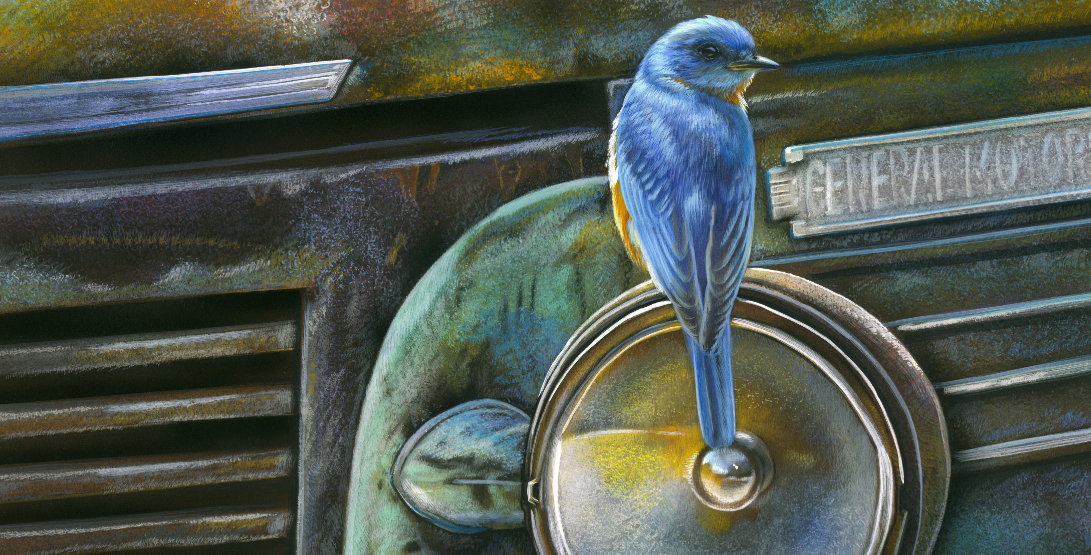As an artist deeply connected to nature and wildlife, I’ve always believed that art has the power to touch hearts and inspire minds across all walks of life. Today, I want to share my thoughts on how art can and should be enjoyed by everyone, regardless of background or expertise.
Art is a universal language that speaks to our shared human experience. When I paint a delicate chickadee perched on a snow-covered branch or capture the intense gaze of a grizzly bear, my goal is not just to recreate what I see, but to evoke an emotional response in the viewer. This connection transcends age, culture, and social status – it’s a purely human reaction to beauty and wonder.
Many people feel intimidated by art, believing they need specialized knowledge to appreciate it fully. But I firmly believe that the most important aspect of enjoying art is simply allowing yourself to experience it. Stand before a painting and observe how it makes you feel. Does it bring back a memory? Does it spark curiosity about the subject? There are no wrong answers when it comes to your personal response to art.
In my own work, I strive to make wildlife and nature accessible to all. By focusing on the intricate details and capturing fleeting moments of beauty in the natural world, I hope to inspire a sense of wonder and connection to our environment. You don’t need to be an expert in ornithology to appreciate the delicate feathers of a swan or the playful spirit of a wolf – these are universal experiences that resonate with our innate love for the world around us.
I encourage everyone to explore art in all its forms. Visit local galleries, attend art fairs, or simply take a moment to appreciate the creativity you encounter in your daily life. Art is not confined to museum walls – it’s all around us, waiting to be discovered and enjoyed.

For those who want to deepen their appreciation of art, there are many ways to do so without formal education. Read about artists who interest you, learn about different techniques, or even try creating art yourself. The process of making art, even as a beginner, can greatly enhance your understanding and enjoyment of others’ work.
Remember, art is subjective. What speaks to one person may not resonate with another, and that’s perfectly okay. The beauty of art lies in its diversity and its ability to provoke thought, emotion, and discussion.
As we navigate through challenging times, art can serve as a sanctuary, offering moments of peace and reflection. Whether it’s a painting of a serene landscape or a sculpture that challenges our perceptions, art has the power to transport us, even if just for a moment, to a place of beauty and contemplation.
While the art market may increasingly resemble a luxury goods business, we must not lose sight of art’s fundamental purpose: to inspire, provoke thought, and connect people. By actively working to make our art more accessible, we can ensure that it continues to fulfill this vital role in society, regardless of market trends.
Remember, appreciating art doesn’t require wealth or expertise – it simply requires an open heart and mind. I encourage everyone, regardless of their background or means, to engage with art in whatever way they can. Visit local galleries, attend art fairs, explore online exhibitions, or simply take a moment to appreciate the creativity you encounter in your daily life. Art is for everyone, and its true value lies not in its price tag, but in its ability to enrich our lives and broaden our perspectives.
In closing, I want to emphasize that art is for everyone. It’s not about expertise or status – it’s about opening your heart and mind to new experiences and perspectives. So the next time you encounter a piece of art, take a moment to truly see it, feel it, and let it speak to you. You might be surprised by what you discover.
